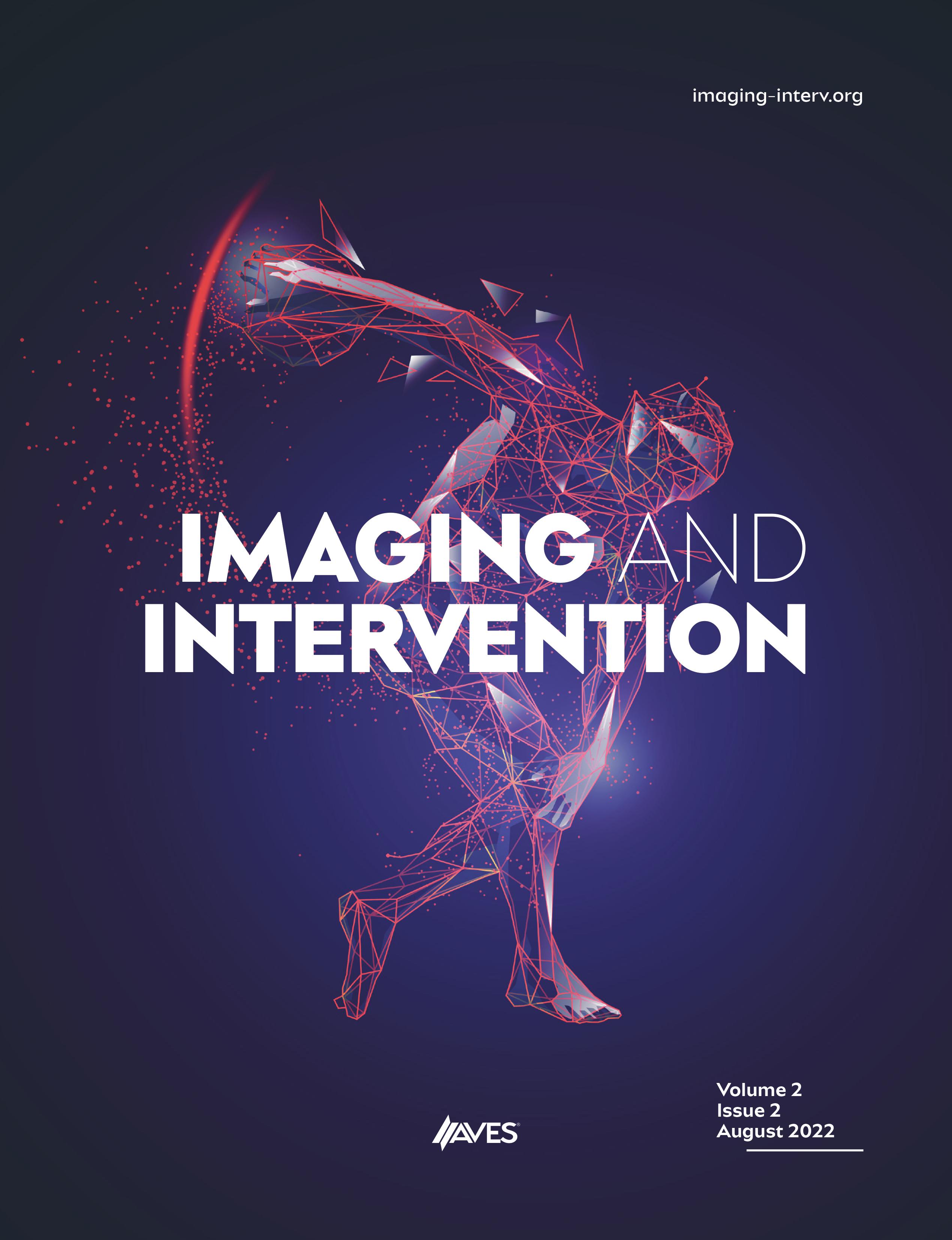Background: Reverse trans cript ion-p olyme rase chain reaction tests are currently used to diagnose COVID-19. However, they have sensitivity rates as low as 60%-70%. There is now growing interest in the role and appropriateness of chest radiographs and computed tomography for both the diagnosis and management of patients with suspected or known COVID-19. This study aimed to retrospectively identify the correlation between chest x-ray findings on admission and clinical outcome and mortality in COVID-19 patients.
Methods: A retrospective study was carried out across 2 district general hospitals involving a cohort of 40 patients, with confirmed COVID-19 via reverse trans cript ion-p olyme rase chain reaction testing over a period of 1 month. Clinical findings, severity of symptoms, outcomes, and mortality in these patients were correlated with chest radiograph findings on admission and throughout their hospital stay.
Result: Our study revealed that patients presenting with a normal chest radiograph on admission had a more favorable outcome when compared to those with panlobar involvement, who were shown to have a worsened prognosis with an increased mortality rate.
Conclusion: In summary, our study has highlighted parallels between the baseline chest radiographic features seen in patients with confirmed COVID-19 compared to their clinical outcome.
Cite this article as: Virdi S, Zulkeefli Z, Damisa J, Sachdev I, Bethapudi S. Can chest X-ray findings predict the prognosis, clinical outcome, and mortality in serologically confirmed COVID-19 patients? Imaging Interv. 2022;2(1):5-8.
IMAGING & INTERVENTION
Original Article
Can Chest X-Ray Findings Predict the Prognosis, Clinical Outcome, and Mortality in Serologically Confirmed COVID-19 Patients?
1.
Department of Radiology, University Hospital of North Durham, United Kingdom
IMAGING & INTERVENTION
2022; 2: 5-8
DOI: 10.5152/iai.2022.22041
Read: 1800
Downloads: 800
Published:
01 April 2022
Files


